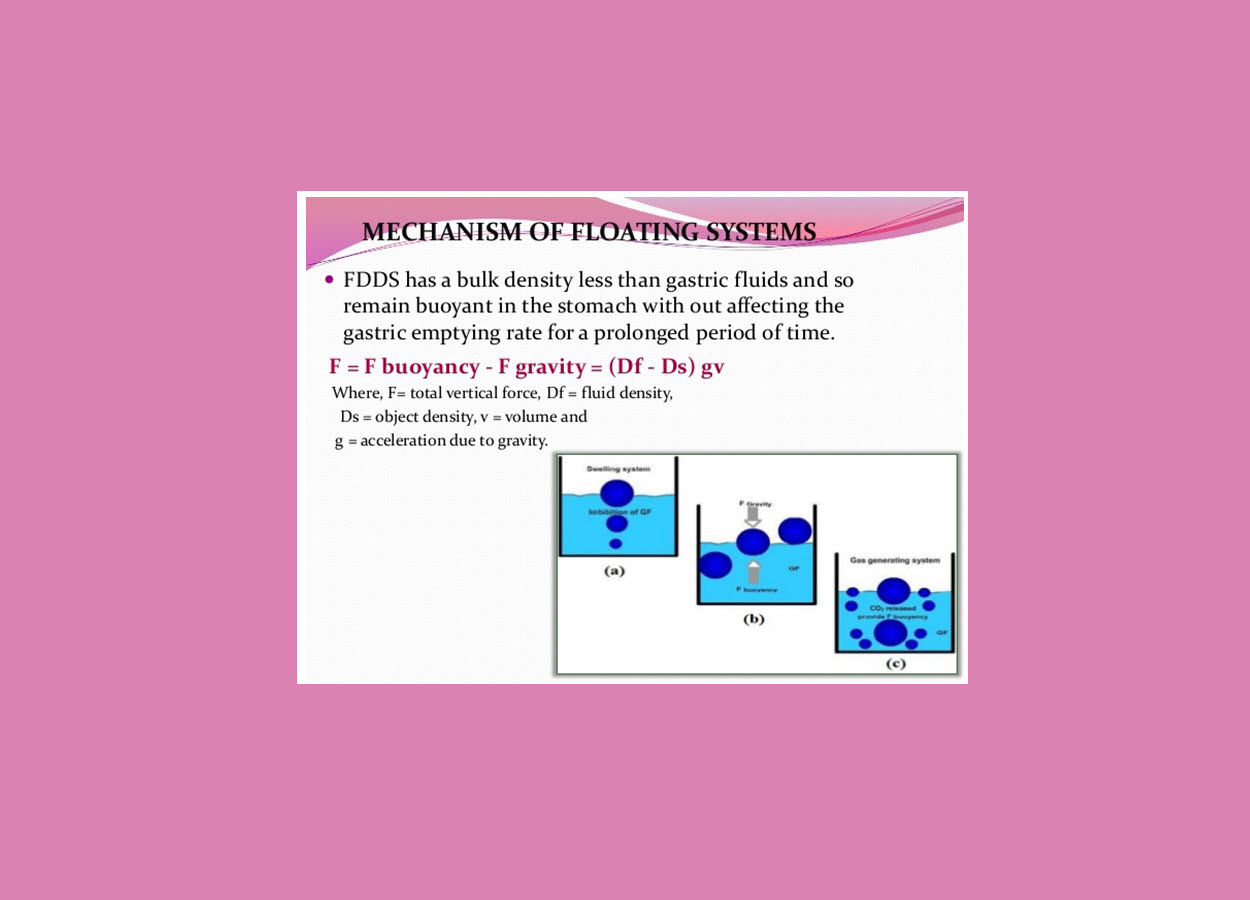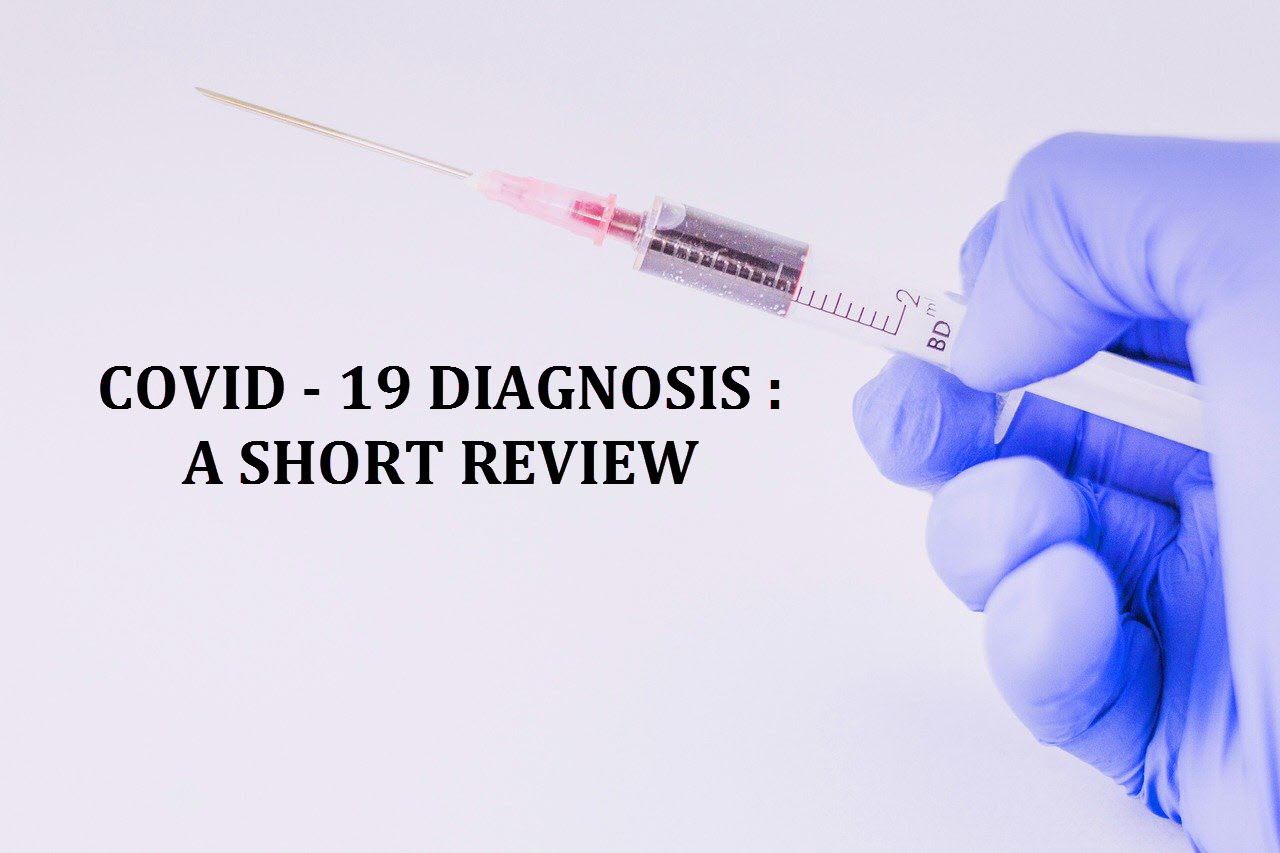ABOUT AUTHORS
Mudasir Maqbool1*, Mohmad Amin Dar1, Shafiqa Rasool1, Rabiah Bashir1, Misba Khan 2
1Department of Pharmaceutical Sciences,
University of Kashmir, Hazratbal Srinagar, Jammu and Kashmir, India
2Mader-E-Meharban Institute of Nursing Sciences and Research,
Jammu And Kashmir, India
ABSTRACT
The maintenance of a healthy liver is vital to overall health of the human beings. Since the liver is involved in almost all biochemical processes and there are many different diseases that will affect it. The liver is often abused by environmental toxins, which are eating habits, alcohol and overdose of certain drugs which can damage and weaken the liver and eventually lead to many diseases. Medicinal herbs are significant source of hepatoprotective drugs. Mono and poly-herbal preparations have been used in various liver disorders. According to one estimate, more than 700 mono and poly-herbal preparations in the form of decoction, tincture, tablets and capsules from more than 100 plants are in clinical use. From the literature review near about 178 medicinal plants are reported to possess a hepatoprotective activity. A drug having beneficial effect on the liver is known as hepatoprotective drug. On the other hand, drugs having toxic effect on the liver are better known as hepatotoxic drugs. The most commonly used parameters to assess the hepatoprotective activity are morphological e.g. Liver weight and volume, biochemical estimations, such as measurement of transaminase activity, SGPT, SCOT, alkaline phosphatase, serum bilirubin, total serum proteins, albumin, globulin and prothrombin time, functional parameters, pentobarbitone and hexobarbitone sleeping time and finally histopathological study regarding presence of necrosis, fatty degeneration and cirrhosis. In this review, we will briefly discuss hepatotoxicity and hepatoprotective agents.






 About Author
About Author



 AUTHORS :
AUTHORS :





